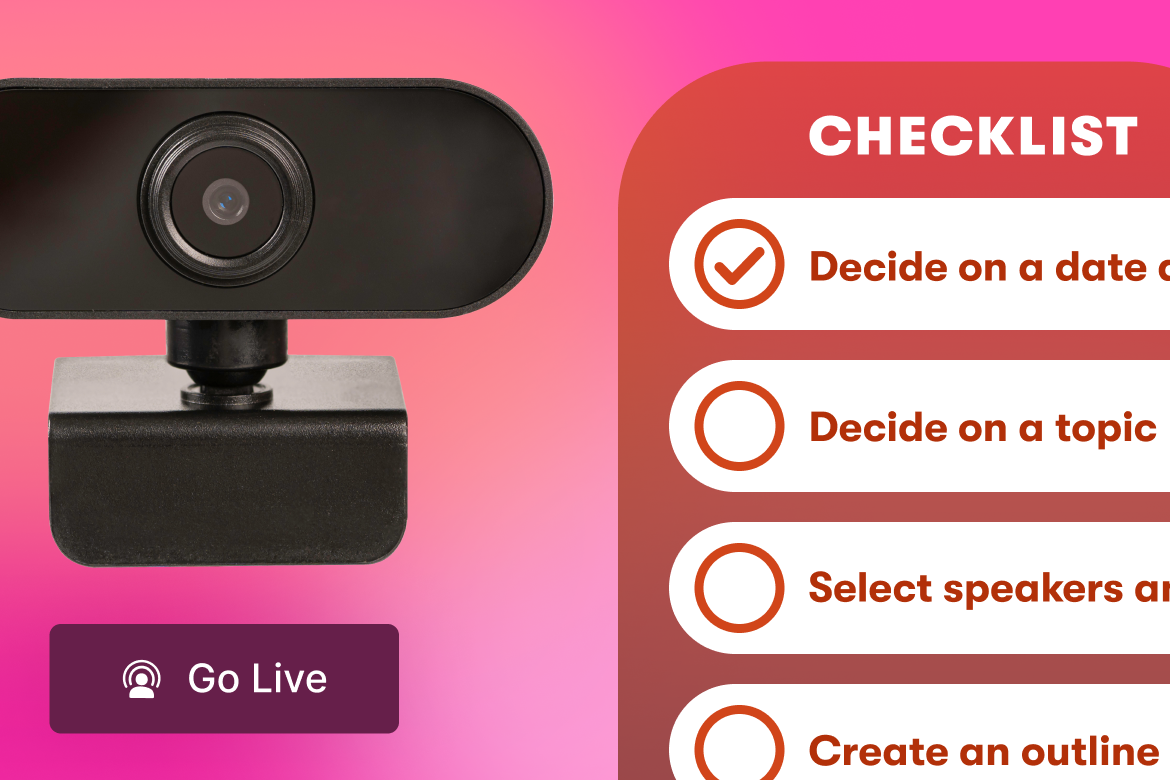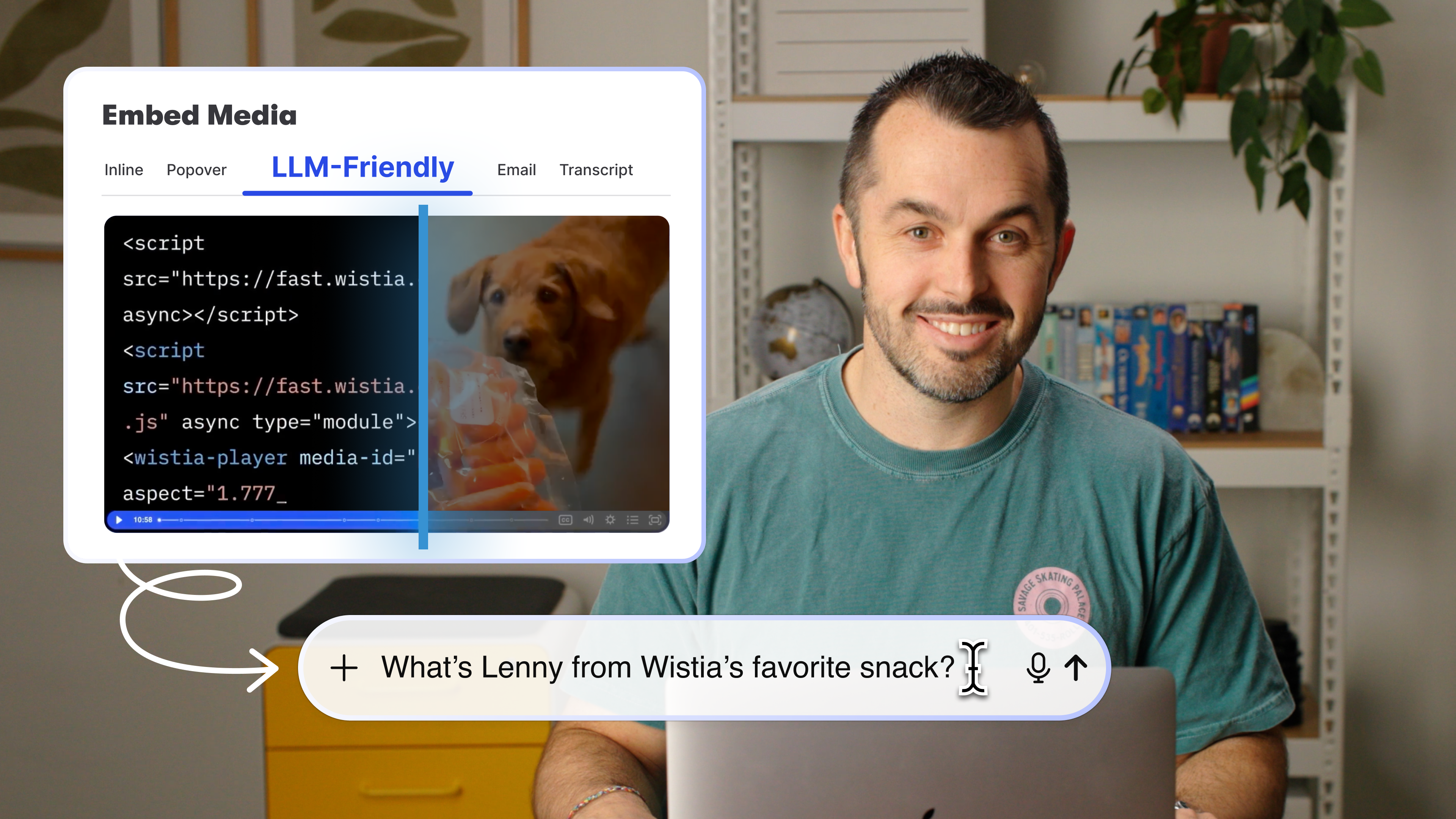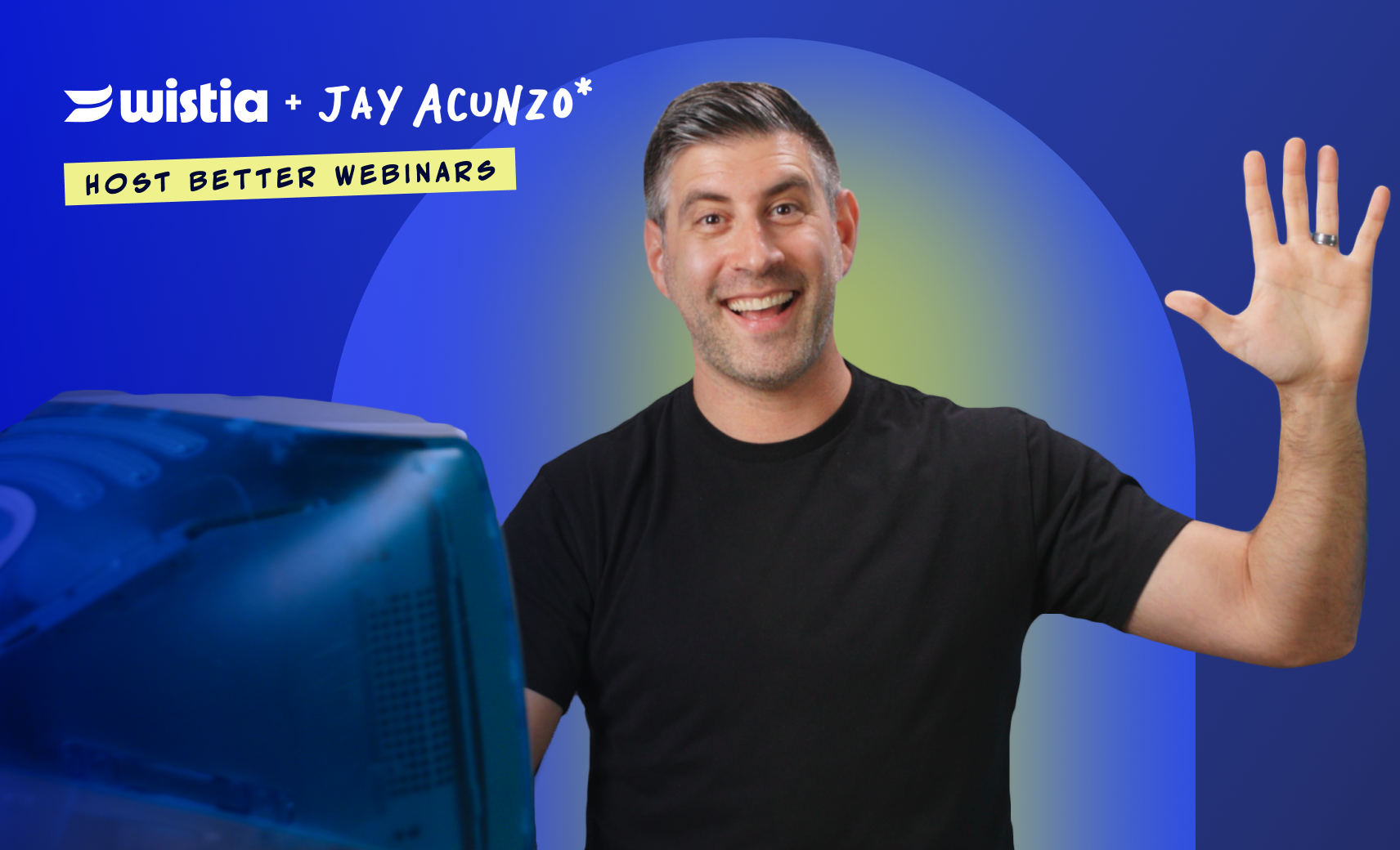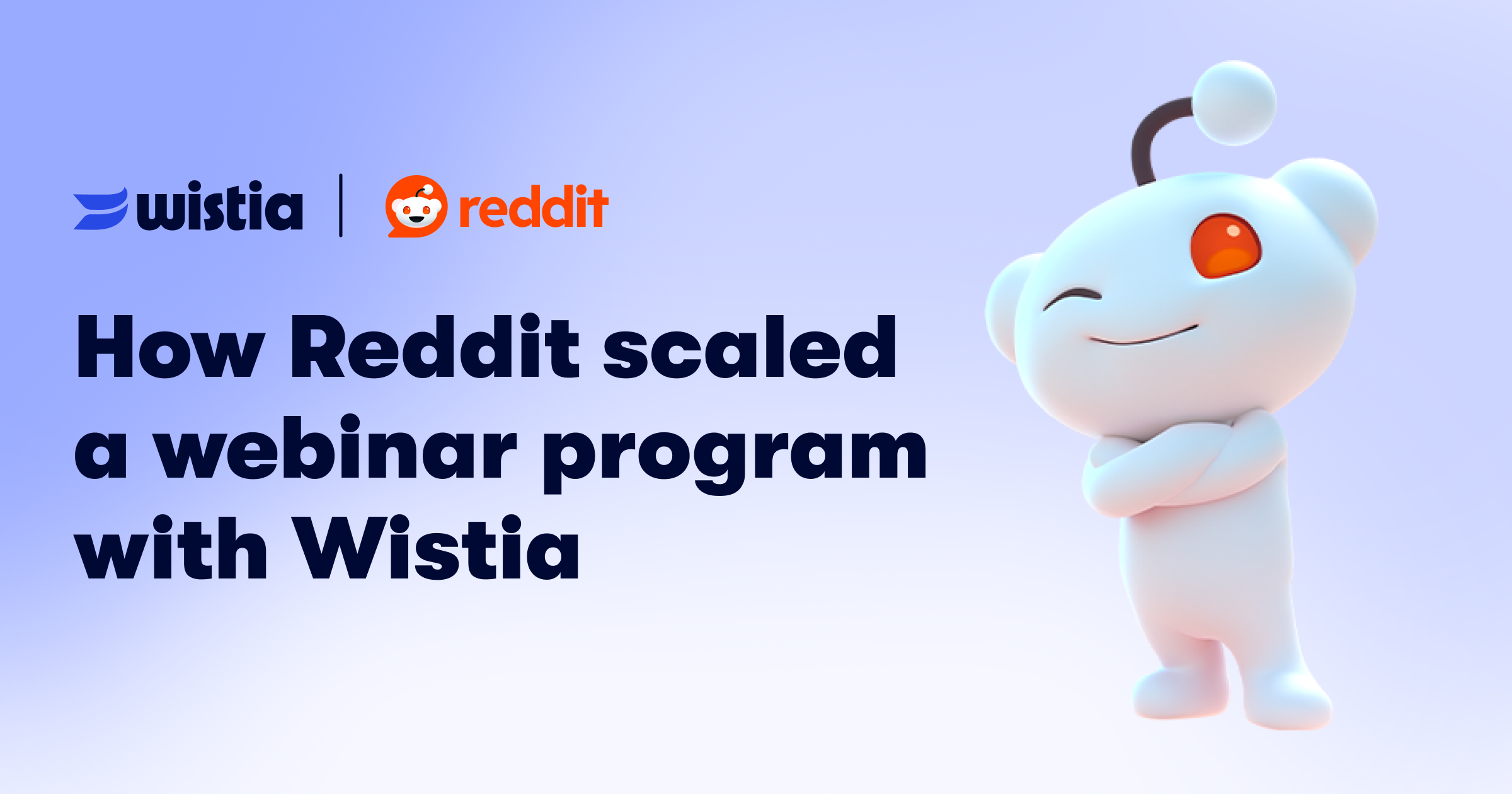Does Production Quality Matter in Video Advertising? A Wistia Report
The results from our “One, Ten, One Hundred” ad campaign are in! Learn what factors impact video advertising the most.
November 15, 2018
Topic tags
In September 2018, we kicked off our One, Ten, One Hundred campaign by launching three ads produced by Sandwich Video. These ads were about our old Chrome extension that has since become available right in Wistia.
Today, we’re back to tell you how these ads actually performed. For those of you who are a little late to the party (or if you could just use a quick refresher), here they are in all their glory.
The $1,000 ad
Claude Zeins directed, starred, and shot this video on his iPhone X.
The $10,000 ad
This video was shot on a Canon C300. Also directed by and starring Claude.
The $100,000 ad
A full production crew was brought in for this video, which was shot on an Arri Amira. Claude had done quite a lot of work by this point. So, Sandwich decided to upgrade him.
We spent $60,000 over a three-week period to get as many people as possible to watch the videos, and most importantly, install our tool. In order to maximize our learnings throughout this process, we decided to take the opportunity to experiment with a variety of different ad formats.
“In order to maximize our learnings throughout this process, we decided to take the opportunity to experiment with a variety of different ad formats.”
To determine which of the three ads resonated best with our target audience, the ads were all separately promoted on YouTube and Facebook with similar targeting and copy, and with a primary key performance indicator (KPI) of Cost Per Install.
We then also tested two innovative ad formats on Facebook. First, we experimented with sequential advertising (e.g., if you watched the $1K ad, then you’d be served the $10K version, and so on). Second, we used the Facebook carousel functionality to display the three video ads in a row so viewers could watch and then compare all the ads within one post.
So, how did they perform? Drumroll please …
The $10K ad performed best overall
When we reviewed the data, the $10K video performed twice as well as the $1K and $100K ads, with nearly half the Cost Per Install (CPI). On YouTube, the $10K ad had an average CPI of $6.66 vs. >$10 for the other two ads, and on Facebook, the difference was even more dramatic.
This outcome, however, was not wholly surprising to us. At Wistia, we felt the $10K version had the strongest overall narrative and connection to the product, and of the three ads, best told the story of what our feature was and how it could be used.
What does this prove?
Does this mean that $10K ads will always perform better than high budget options? No, of course not. But, it does show that they can, which stands as evidence that good storytelling matters far more than production quality.
It’s not the bells or whistles that make a great ad, but the creativity put into producing it. That creativity is hard to come by, and the best agencies rightly charge a premium for it, but small businesses with a good idea and willingness to get scrappy should optimistically recognize that successful video advertising is not beyond their means, no matter their size.
YouTube and Facebook ads achieve different goals
At the end of the day, YouTube was the more efficient channel for driving installs, but Facebook may be more effective at driving overall brand awareness.
“At the end of the day, YouTube was the more efficient channel for driving installs, but Facebook may be more effective at driving overall brand awareness.”
In terms of Cost Per Install (CPI), the Trueview for Action format on YouTube worked most efficiently for us for every variation of the ad. This format includes a clear “call to action” and only charges advertisers if audiences watch >30 seconds of the ad (or 100% of the video if the ad is shorter).
Because this format charges based on engagement rather than pure impressions, it seems to work well to distribute content that fits a “viral advertising” content type — videos between 30 seconds and three minutes, which tell a shareable story, tied to a specific product.
However, Facebook, with its more varied advertising options, enabled us to drive the volume of views necessary to support a big uptick in brand awareness. The sequential advertising concept we embraced (serving the $10K ad to those who watched the $1K, and then the $100K version to those who watched the $10K ad) enabled us to drive nearly 600,000 impressions with a Cost Per Thousand (CPM) of just over $10, our most efficient buy in terms of getting the most eyes on our content to date.
Download the full report for more
Does Production Quality Matter in Video Advertising? A Wistia Report includes a detailed explanation of our methodology, the results we saw from each ad, and insights gathered from the whole process that you can apply to your next campaign. Interested? Great! Simply enter your email address below to download the full report.
PS: In case you’re curious, we’re still running the winning $10K ad on YouTube with refined copy, and we also deployed a mixture of the carousel and traditional video ad formats for the $10K ad on Facebook.






